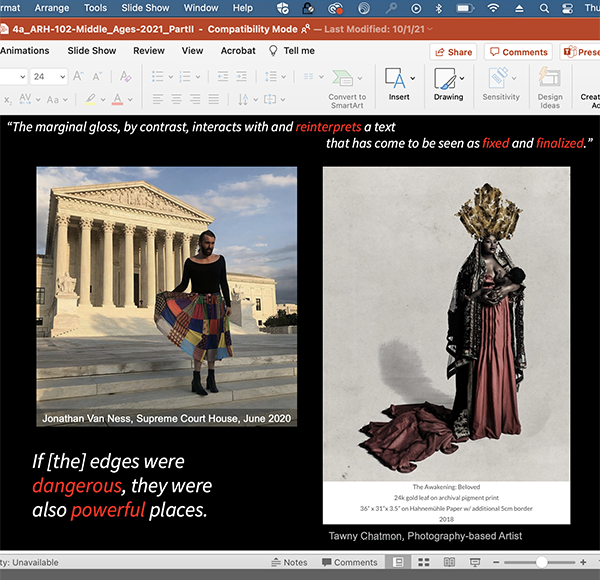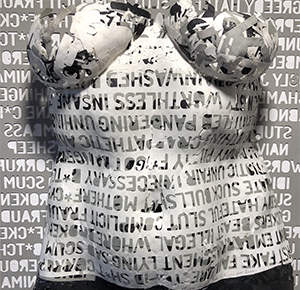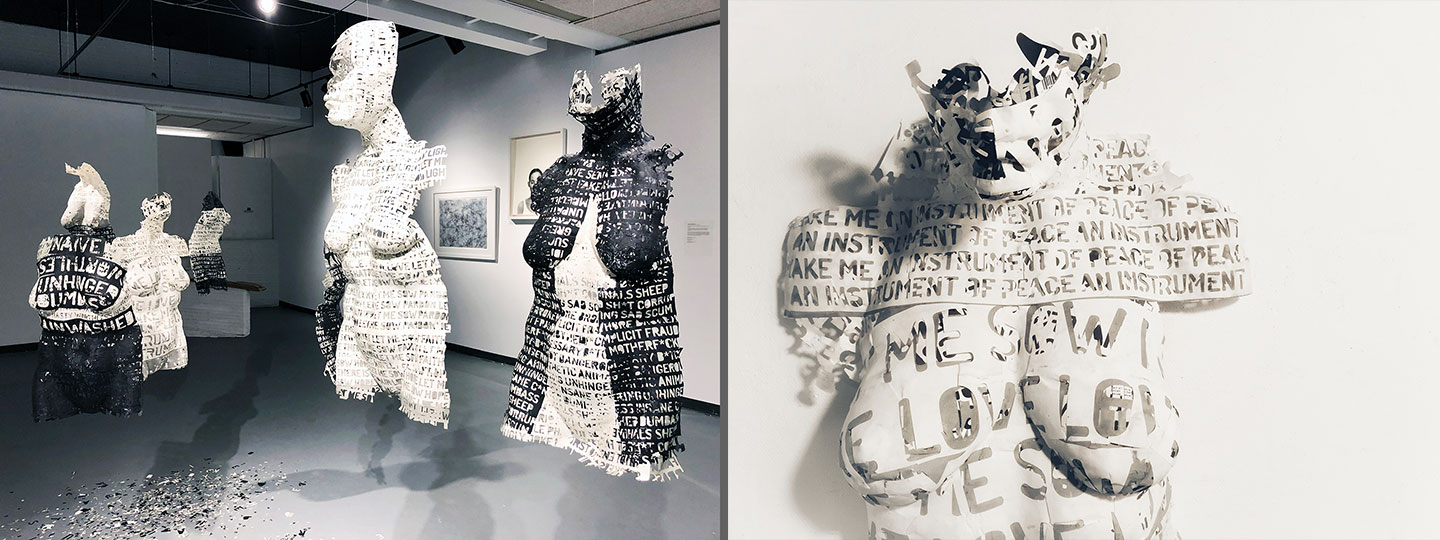Laura Franz /// teacher / historian / typographer




Words and characters once impressed in clay, written on papyrus, and printed with ink are now manifest in pixels of light.
Inspired by the intersection of tradition and technology, I’m interested in how we can use theory from established media to inform our understanding of new media and contemporary messages.
As an historian, I’m interested in how we can reframe the story of graphic design / art history to include more voices and make connections between the past, present, and future.
I teach, research, write, present, and make art related to typography, how and why people read, and art/design history.
I Teach
I teach at UMass Dartmouth. I’ve taught typography, web design, digital media, Design Studio (in-house internships), and art/design history.
I teach two survey courses: Graphic Design History (25-30 students) and Introduction to the History of Art (100+ students, co-taught with Dr. Anna Dempsey).
My first lecture of the semester for Graphic Design History (first recorded when classes went remote during COVID) defines “graphic design” for the class, examines some starting points for the history of our field, and points out that history is a story based on what we know and what we share.
For Introduction to Art History, I write and record homework videos that cover complex ideas such as how art communicates which introduces students to icons, signs, symbols, affect, and persuasion.
We use these videos to give an idea or object more time and analysis than it would get during class. Sometimes, I’ll focus on a single piece (such as Augustus Prima Porta). Other times, I’ll unpack a reading (such as Images on the Edge, the Margins of Medieval Art by Michael Camille, 2004) and articulate how it relates both to class content and more contemporary artists.
I research
Writing, presenting, and making all initiate new paths of research (rather than neatly tie up old results). They are how I piece together sources, identify holes, start the quest for new/additional resources, and build new narratives.
But I do love a good excel document. So categorical data is one of my favorite ways to delve into research. I look for patterns and try to understand their context.
I Write
Read my articles on SmashingMagazine.com
My book’s no longer in print, but part if it is online at typographicwebdesign.com. The HTML/CSS sections are dated, but the typographic theory is solid.
I Present
I speak at conferences and professional meetings.
Design/Art History topics have included:
- Using Categorical Analysis to Identify Underrepresentation in Graphic Design History;
- Graphic Design History + Research + Student Agency;
- From Eleanor Talbot to Eliza Gardiner: Art and Design as Women’s Work, 1880 – 1920;
- Who Wore it Better: Augustus Prima Porta or Daniel J. Levy? Identity, Power, and Vulnerability;
- Flipping the Graphic Design History Classroom: What my students and I learned from turning off the projector and actively exploring the history of graphic design;
- (upcoming) Expanding the First-Year Survey without Breaking First-Year Students (with Dr. Anna Dempsey).
Web Typography topics have included:
- RWD (Responsive Web Design) Typography;
- Web Typography: Where Tradition Meets Technology;
- The Role of the Reader in Web Typography;
- Finding, Testing, and Using Web Fonts;
- Weaving Traditional Practice into New Media;
- Teaching Web Typography.
I Make
The sculptural installation “Dangerous” — created in collaboration with Stacy Latt Savage — was exhibited at the CVPA Gallery in Spring 2018 and was comprised of nine cast-paper torsos hung together as a gathering crowd (with room allotted for brave visitors to walk amongst them). The installation symbolized the impact, power, and potential violence of language, not only on the self but ultimately on communities and culture as a whole.

The installation explored our struggle to remain hopeful and tenacious in a world where using reckless language and making discriminatory comments is commonplace; in a world where factions express themselves without restraint or respect. Text sources: reoccurring negative words used in Facebook comments January 14-15, 2018; the Prayer of St. Francis.
“Dangerous” went on to be exhibited as part of Intolerance as Violence. Hera Gallery, Wakefield, RI in Spring, 2018. Juror: Ian Alden Russell Ph.D., Curator of David Winton Bell Gallery, Brown University.